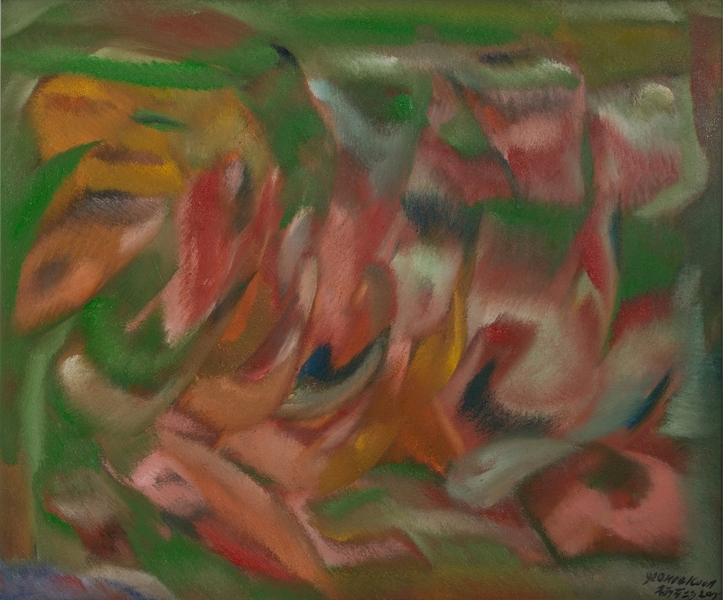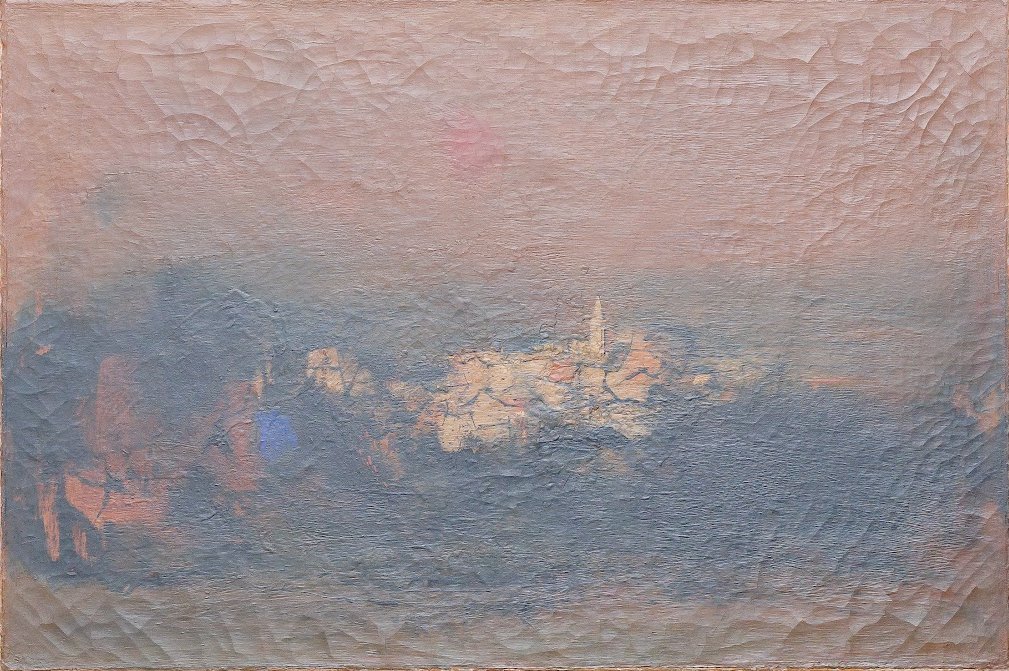Acrylic Painting on Canvas Team Bonding Art Jamming Singapore Visual Arts Centre
























Yeo Hoe Koon
Oil on Canvas
64 x 89.5 cm
Price Range: $16,000 - $20,000

Yeo Hoe Koon
Oil on Canvas
101 x 123 cm
Price Range: $26,000 - $32,000

Chen Wen Hsi
Chinese Ink and Color on Paper
50 x 54cm
Price Range: SGD $42,000 - $50,000

Cheong Soo Pieng
Red Tone
61 x 91.5cm
Price Range: SGD $108,000 - $138,000

Cheong Soo Pieng
Abstract Landscape
50 x 61cm
Price Range: SGD $95,000 -$128,000

Fan Shao Hua
Chinese Ink and Colour on Paper
100 x 100cm
Price Range: SGD $9,800 - $14,800

Fan Shao Hua
Chinese Ink and Colour on Paper
100 x 100cm
Price Range: SGD $8,800 - $13,800

Given the many challenges of portrait and figure painting, i.e., drawing, composition, colour, patterning, etc, the last thing you need is to be struggling with mixing your flesh tones for your painting.
Most beginners will chalk out (too much white resulting in a lifeless painting) or fail to achieve the full stretch of values from dark to light.
The practice of mixing flesh tones is a learned process that is best isolated from the demands of portrait drawing – the most efficient way of learning.


These four exercises are designed to train you in the four elements of flesh tones all of which contribute to developing form: warm/cool tone, light/dark tone, specific hue and specific value.
We will begin with the 9-tone grey bar from which you then extrapolate the arrangement of 49 warm and cool flesh tone. In the second session you proceed to the Flesh Ball where we apply those flesh tone to modeling form. This is also your introduction to ‘spotting’ which is a very powerful and beautiful method of painting.
Rembrandt was the consummate master of spotting. In Session 3 and 4 you further develop your mastery of mixing specific flesh tones and further your knowledge of spotting in colour by painting the eyes of Rembrandt’s ‘Man in a Feather Cap’.
Supply List:
Two 10×10″ canvases (Sessions 1 and 2)
One 12×12″ or slightly larger canvas
On both the 10×10″ canvases render a 7×7″ grid in pencil. And apply an imprimatura. This Youtube video will explain this simple process.
You can use either acrylic or water-soluble oils. The paints required are:
Titanium (or flake) white
Yellow Ochre
Naples Yellow or Titanium nickel yellow
Vermilion Red
Venetian Red (if you don’t have this we can work around it)
Burnt Sienna
Raw Umber
Ivory or Vine Black
Supply list will be provided upon registration
To register write: info@visualartscentre.sg
For more info write me at michael-britton-workshops@artacademy.com
Bring life into your Portrait paintings with this workshop held by Micheal Britton at our very own Studio.
You may attend this 4 Session workshop via Zoom Live or come on down to our Studio for a face-to-face class as well.
Dates: 17, 21, 24, 28 August 2020 (Mondays & Fridays)
Time: 2 PM – 4.30 PM
Venue: VAC Studio OR via Zoom Online
Price: $340 / 4 session on Zoom Live
$380/ 4 Sessions in our Studio
For more Portrait related workshops, you make click here for our Zoom Live Portrait Drawing Class or here for our Portrait Drawing Workshops.
Click here to purchase 4 Sessions for Zoom Live!
Private Lessons with Michael Britton
Michael Britton is a New York City trained artist (New York Academy of Art) who has taught several thousand artists (some of whom have gone on to full-time art careers as painters and teachers) in his several decades long career. He was the Artistic Director of the Vancouver Academy of Art, Canada for six years and has also taught drawing for Walt Disney Studios, amongst numerous other appointments throughout the United States, Europe and Asia. He is also the author of several art-training videos including Painting Clara Serena.
Studying privately is the surest path to accelerating your technical growth as an artist.
Two availabilities for private students seeking to develop their portrait drawing and/or painting skills.
Time slots available: Mondays 4:00 – 6:30 / 7:30 – 10 OR Wednesday 4:00 – 6:30 / 7:30 – 10
Fees: S$250 per session or S$1,200 for five sessions
For more info and to register, write to Iola at: info@visualartscentre.sg
Click and get to our WhatsApp
Embark on a captivating journey into the vibrant world of digital art! Our Foundation in Digital Art workshop invites budding creatives aged nine and above to unleash their imagination and hone their artistic skills in a dynamic, supportive environment. From mastering basic digital tools to crafting mesmerizing digital masterpieces, children will explore a spectrum of techniques guided by seasoned mentors. Through hands-on activities and interactive sessions, participants will discover the endless possibilities of digital expression while fostering creativity and critical thinking. Join us for an exhilarating adventure where young artists transform ideas into stunning visual realities, igniting a passion for digital art
In the Batik Introduction Handkerchief Painting workshop, participants will learn the traditional art of batik, a wax-resist dyeing technique originating from Indonesia. The workshop begins with a brief history and overview of batik, highlighting its cultural significance and various techniques. Participants will then observe a demonstration of applying wax with tjanting tools and dyeing the fabric. Following the demonstration, each participant will design and create their own batik handkerchief, applying wax to create patterns and then dyeing their fabric. The workshop concludes with a group discussion, allowing participants to share their creations and reflect on their learning experience.